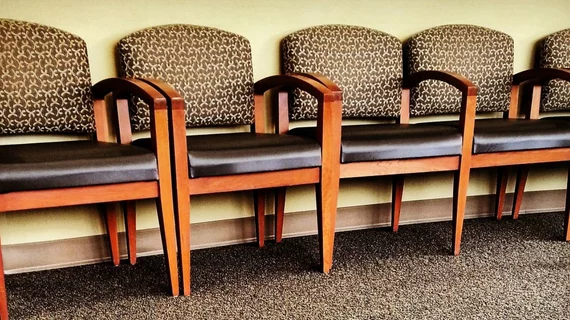No-shows for radiology visits can negatively impact patients and clinicians. But what are the main factors that drive these missed exams?
“The more patients delay in scheduling and attending their appointments, the longer they must wait for important diagnostic information to be communicated to their referring physician,” wrote Rebecca J. Mieloszyk, PhD, University of Washington in Seattle, and colleagues. “Improving appointment compliance is critical to providing timely and high-quality care.”
The team of Seattle radiologists collected environmental factor data on outpatient radiology visits between 2000 and 2015 at an academic institution. Attendance was analyzed along with daily weather reports from the National Oceanic and Atmospheric Administration and estimated median income from the U.S. Census American Community Survey.
Overall, the data consisted of 270,574 cancellations and 87,407 no-show visits (NSVs) among more than three million scheduled outpatient radiology appointments.
Cancellation rates were found to decrease from 14% to 8%, and NSV rates fell from 6% to 1% as median income increased from $20,000 to $120,000 per year.
After multivariate analysis, the odds of NSV fell 10.7% per $10,000 increase in median income and 2% per 10 degree Fahrenheit increase in maximum daily temperature. The odds of NSV increased 1.4% per 10-mile increase in commute length and 4.5% per 1 inch increase in daily snowfall.
Mieloszyk and colleagues wrote that their results confirmed previous studies finding transportation as a large factor in missed appointments. Commute distance is often highest for lower-income patients who might not be able to afford a missed appointment.
“These populations rely more frequently on public transit than wealthier patients, who likely travel by a private vehicle,” the researchers wrote. “Transportation difficulty could be addressed by scheduling patients at one of several neighborhood clinics or outpatient imaging centers currently part of the same health care system.”
Extreme weather also proved to be a central factor in no-shows. Such data may be useful in formulating strategies to limit missed visits, the authors noted.
“If extreme weather is anticipated, it may be wise for imaging staff to strategically shift examination scheduling and extend appointment opportunities to wait-listed patients or implement a dynamic scheduling strategy,” Mieloszyk et al. wrote.
Going forward, combining socioeconomic and environmental data with patient information gathered from the electronic health record could be useful in creating quantitative models to forecast appointment attendance, the authors suggested.
“Our analysis shows that appointment features from external sources, including socioeconomic status, weather, and geographical data, are useful in the prediction of appointment failure in outpatient radiology settings. A failed appointment risk estimation algorithm would benefit from incorporating such information.”
The full study was published online April 1 in the Journal of the American College of Radiology.

